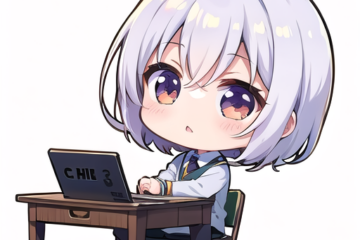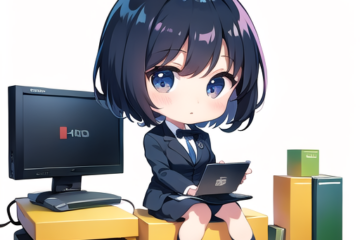When developing systems, I often feel that there is no single “right answer.” From requirements gathering and design to implementation, testing, and maintenance, every phase presents countless options, each with its own pros and cons. Navigating through these choices within the constraints of time and resources feels like solving an intricate puzzle.
One thing that stands out is how closely “technology” and “people” are intertwined. Systems aren’t just lines of code—they are shaped by the thoughts, values, and needs of the users and the development team. No matter how advanced the technology, if the system feels unintuitive or difficult to use, it risks being labeled a failure. On the other hand, even a simple solution can bring immense value if it effectively addresses the core challenges users face.
I also realize that system development doesn’t end at deployment. Systems evolve like living organisms, requiring ongoing maintenance and upgrades to adapt to technological advancements and changing business needs. The longevity of a system often depends on the foresight and flexibility built into it during the design phase. There are times when I look back at old code, reflecting on past decisions—sometimes with regret, wishing I had designed things more robustly.
Yet, there’s a unique sense of fulfillment when I see a system in action, making a difference for users. Moments when someone’s problem is solved, and I hear, “This made things so much easier,” remind me why I love this work. In the end, system development is not just about technology; it’s about turning people’s ideas and needs into reality.
株式会社ASAP
及川知也


